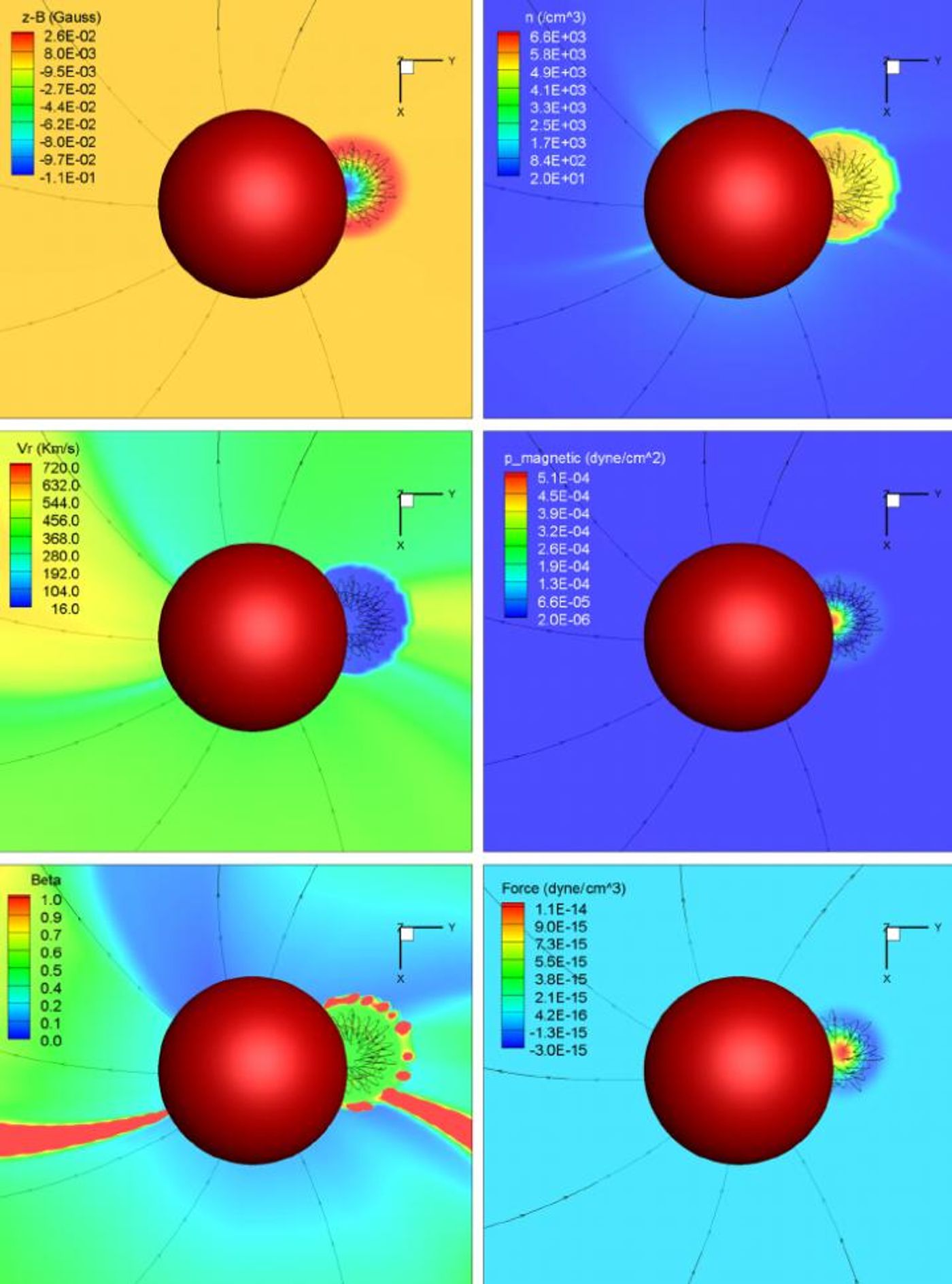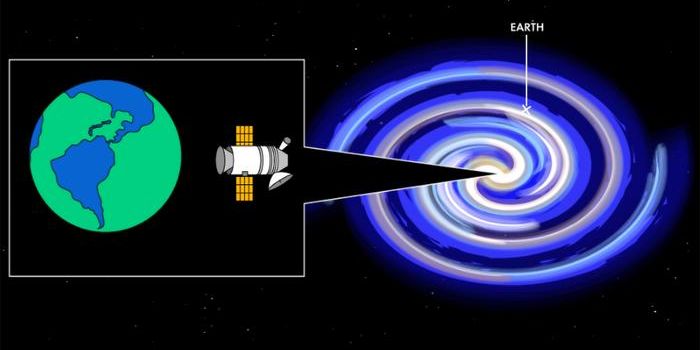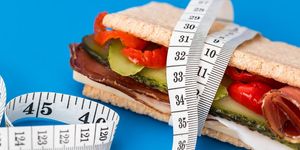Improving the Accuracy of Space Weather Predictions
When magnetized plasma is released from the surface of the sun in a phenomenon known as coronal mass ejections, they can affect the magnetic field that surrounds the earth. The most powerful CMEs can even cause damage to satellites and electrical grids. Because they could cause so much damage, predicting space weather accurately has become very important. It might seem trivial but if we ignore space weather, we may not know about a potential catastrophe until after it happens.
"We don't think about it, but electrical communication, GPS, and everyday gadgets can be affected by extreme space weather effects. Space weather requires a real-time product so we can predict impacts before an event, not just afterward," explained Nikolai Pogorelov, distinguished professor of Space Science at The University of Alabama in Huntsville. "This subject - related to national space programs, environmental, and other issues - was recently escalated to a higher level."
Pogorelov has funding from NASA and the National Science Foundation (NSF), and the support of October 2020's PROSWIFT (Promoting Research and Observations of Space Weather to Improve the Forecasting of Tomorrow) Act to make space weather predictions and continue improving the methods used to make them. Other institutions, private companies, and researchers are also involved. The ninth fastest computer in the world (at the Texas Advanced Computing Center) is one of the instruments that Pogorelov uses in that effort.
Solar wind and coronal mass ejections are affected by turbulence, and there are many complex things that influence that turbulence, like ion acceleration. "Solar plasma is not in thermal equilibrium. This creates interesting features," Pogorelov said.
Pogorelov and colleagues have determined that magnetized solar wind plasma picks up backstreaming ions, which radiate out from the Sun. The findings have been reported in the Astrophysical Journal.
"Some non-thermal particles can be further accelerated to create solar energetic particles that are particularly important for space weather conditions on Earth and for people in space," Pogorelov explained.
This and previous work by Pogorelov and colleagues will improve space weather predictions. "Fifteen years ago, we didn't know that much about the interstellar medium or solar wind properties," Pogorelov said. "We have so many observations available today, which allow us to validate our codes and make them much more reliable."
"This research, blending intricate science, advanced computing, and exciting observations, will advance our understanding of how the Sun drives space weather and its effects on Earth," said Mangala Sharma, Program Director for Space Weather in the Division of Atmospheric and Geospace Sciences at NSF. "The work will help scientists predict space weather events and build our nation's resilience against these potential natural hazards."
Sources: AAAS/Eurekalert! via University of Texas at Austin/Texas Advanced Computing Center, Astrophysical Journal










